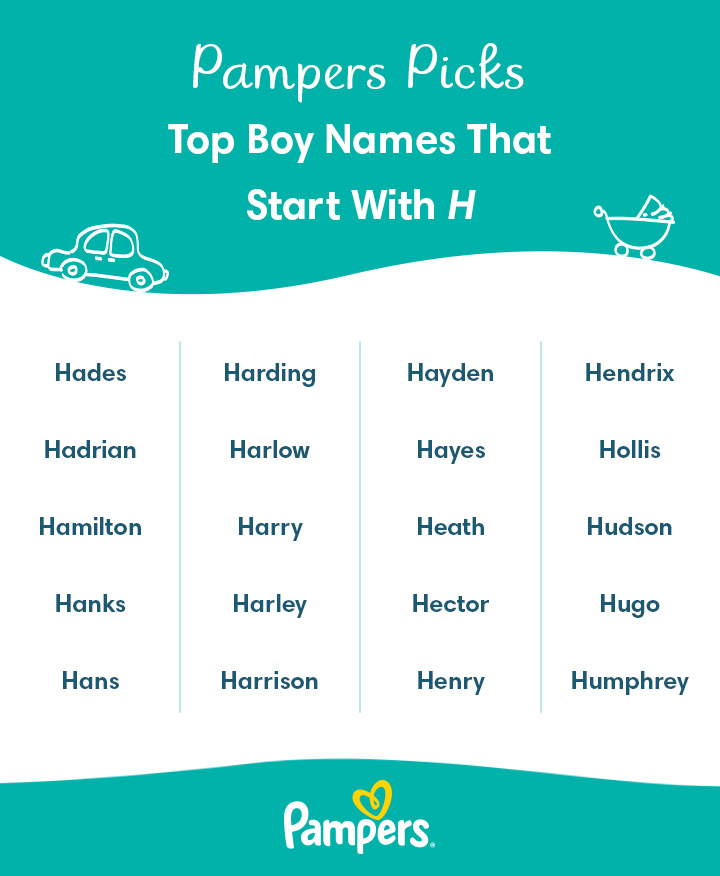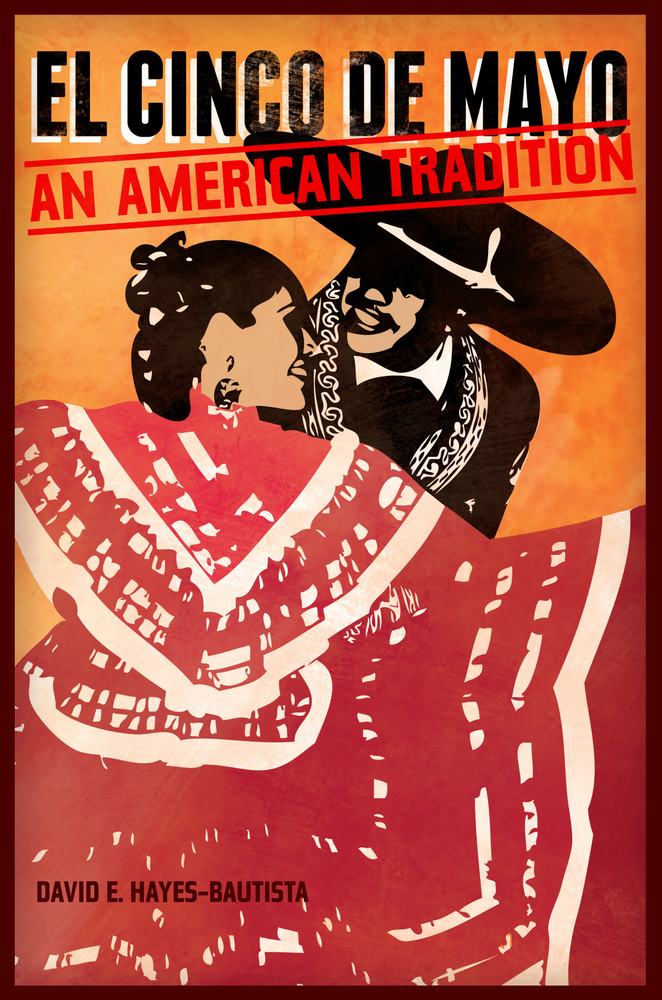Booster Seat Guidelines in Texas: A Comprehensive Overview for Parents
Ensuring the safety of children while traveling in motor vehicles is of paramount importance. Booster seats play a crucial role in this regard, providing additional protection and support for young passengers. In Texas, specific laws and guidelines govern the use of booster seats. Understanding these guidelines is essential for parents and caregivers to ensure compliance and, more importantly, the well-being of their children.
This comprehensive guide will delve into the Texas Booster Seat Law, exploring its requirements, exemptions, and penalties. We will discuss the various types of booster seats available, their advantages and disadvantages, and provide guidance on choosing the right booster seat for your child. Additionally, we will emphasize the safety benefits of using booster seats and offer practical tips for their proper installation and use.
Texas Booster Seat Guidelines

Texas law requires children under 8 years old or under 4’9″ tall to ride in a booster seat. Booster seats help to position the child correctly in the vehicle seat so that the seat belt fits properly. This helps to protect the child in a crash.
There are two types of booster seats: high-back boosters and backless boosters. High-back boosters provide more support for the child’s head and neck, while backless boosters are less bulky and easier to transport. Both types of booster seats are effective in preventing injuries in a crash.
Answers to Common Questions
What are the age, height, and weight requirements for using a booster seat in Texas?
Children under the age of 8 or who are shorter than 4’9″ or weigh less than 80 lbs must use a booster seat in Texas.
What are the penalties for violating the Texas Booster Seat Law?
Violating the Texas Booster Seat Law can result in a fine of up to $250.
What are the different types of booster seats available?
There are three main types of booster seats: high-back boosters, backless boosters, and combination boosters. High-back boosters provide the most support and protection, while backless boosters are more compact and portable. Combination boosters can be used as both a high-back and backless booster.
How do I choose the right booster seat for my child?
When choosing a booster seat, consider your child’s age, height, weight, and the type of vehicle you drive. Make sure the booster seat is comfortable and fits snugly in your vehicle.
How do I properly install a booster seat?
Follow the manufacturer’s instructions for installing the booster seat. Generally, the booster seat should be placed in the back seat of the vehicle and secured using the vehicle’s seat belt.





